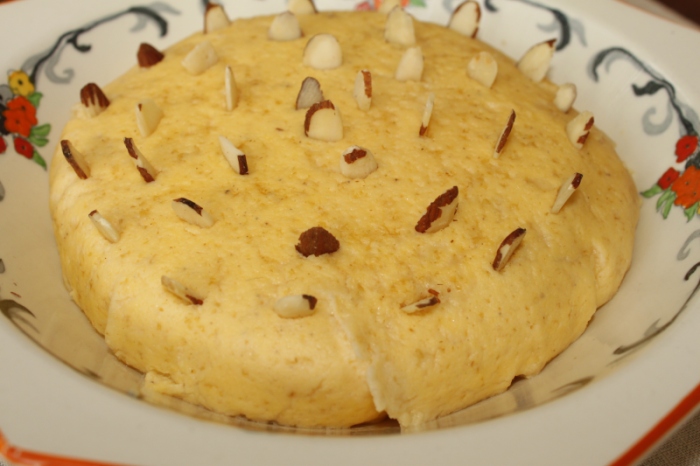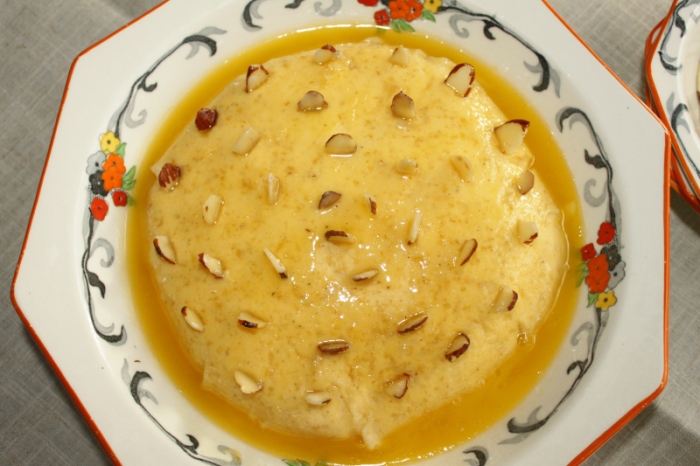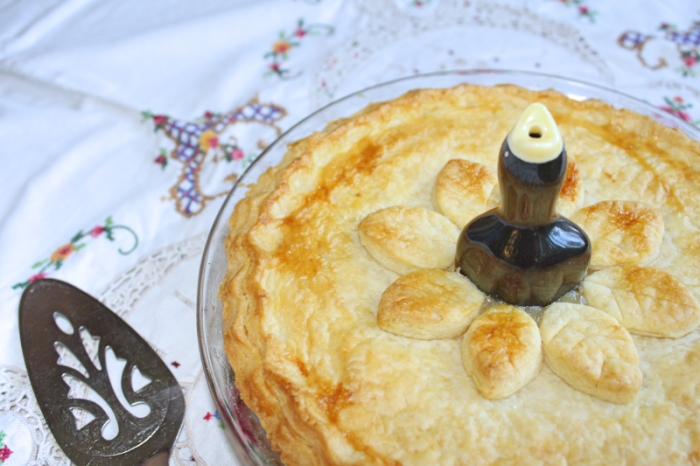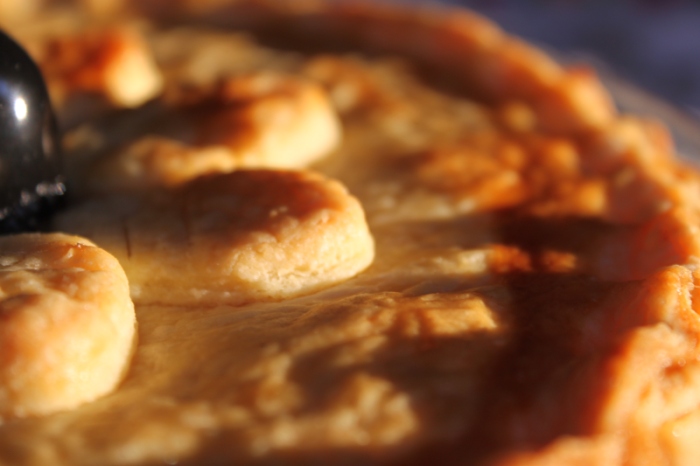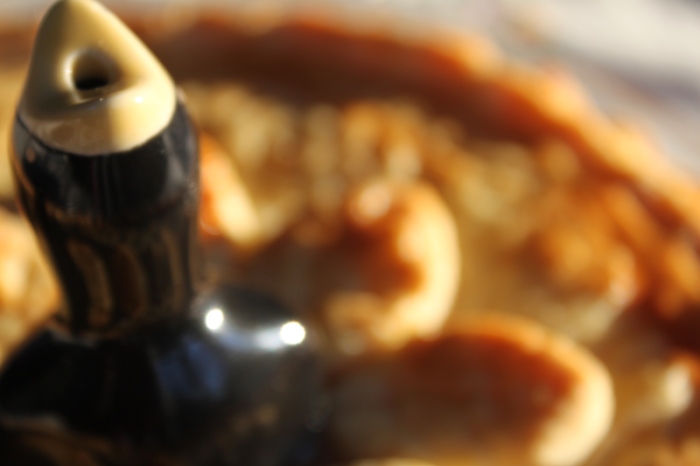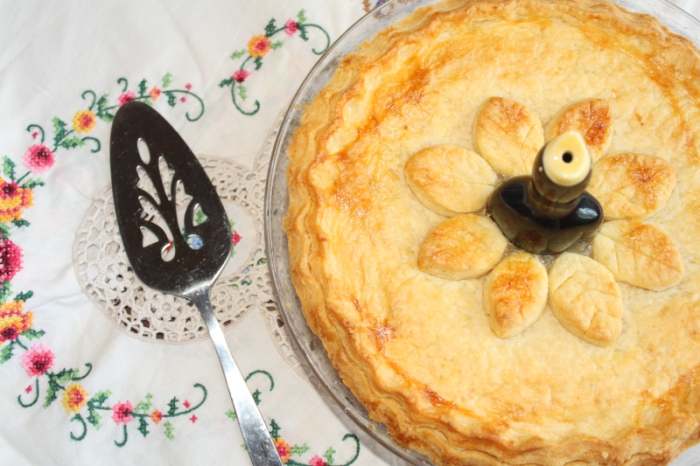Last year whilst in Belfast I visited the Titanic Quarter. Not many people realise it but Belfast claims the honour of having built the Titanic, and at the heart of the recently rejuvenated docks like Titanic Belfast. Part museum, part artwork, part monument to Belfast’s working class history, it’s a great way to pass a few drizzly hours in the city.
Included in the exhibition is a remarkable object, a menu from the last lunch served on the Titanic. The 1st Class menu was taken from the sinking ship in the handbag of one Mrs. Dodge who escaped in a lifeboat with her son. Her husband also found a spot in a lifeboat, thanks to the steward Frederic Ray whose compliments can be found on the back of the menu.
The luncheon menu contains some 40 dishes for diners to choose from, and unfortunately making all of them was a bit beyond my budget. Instead I made a small selection which you can see in my own menu below.
The Recipes
All the recipes are from American cookbooks and I tried to keep them as close chronologically as I could.
Cockie Leekie from ‘Mrs Rorer’s New Cook Book’ 1902
“1 fowl
2 quarts of water
1/2 pound of prunes
Yolks of two eggs
1 pound of beef marrow bones
2 dozen leeks
2 bay leaves
1 teaspoonful of salt
1 saltspoonful of pepper
Purchase the marrow bone from the round; have the butcher saw it into two-inch lengths, making four bones. Draw and truss the fowl; put it into a soup kettle; cover with cold water, bring to boiling point and skim. Add the marrow bones, the bay leaf and pepper;simmer gently for one hour. Add the leeks, neatly trimmed; simmer one hour longer. Add the prunes which have been soaked in water over night, and the salt; bring again to boiling point, and it is ready to serve. Remove the strings from the chicken, dish it in the centre of a large platter, put the prunes around, garnish the edge of the dish with carefully boiled rice, the marrow bones, and the leeks. Strain the soup into a tureen over the well beaten yolks of the eggs, and serve with squares of toasted bread. Serve egg sauce with the chicken. This dish takes the place of both meat and soup.”
Notes – I used a lot more water than the two quarts called for, I basically covered the chicken. I also used a lot fewer leeks, only 2 instead of the 2 dozen called for in the recipe. 10 mins before serving I spooned in the dumpling mixture and put the lid on to let them cook. To serve you pour the hot soup over the beaten eggs, forming strings of egg in the soup. I cut pieces of toast into small squares and floated them in the soup. I then served the chicken itself with the second course.
Dumplings from ‘Mrs Rorer’s New Cook Book’ 1902
“Put into a bowl one pint of flour with which you have sifted a rounding teaspoonful of baking powder and a half teaspoonful of salt; add about two-thirds of a cup of milk. Take the bowl and a teaspoon to the side of the fire and drop the mixture all over the top of the stew by teaspoonfuls. Cover the saucepan and cook slowly for ten minutes without lifting the lid. Dish by putting the dumplings around the edge of the platter; the stew in the centre, straining over the sauce; dust with a little chopped parsley, and send at once to the table.
Notes – I dropped large teaspoonfuls into the soup about 10 mins before serving and then served them with the boiled chicken. To be honest I didn’t like the mushy texture and lack of flavour.”
Chicken à la Maryland from ‘The Boston Cooking-School Cook Book’ 1896
Maryland Chicken
“Dress, clean, and cut up two chickens. Sprinkle with salt and pepper,dip in flour, egg, and crumbs, place in a well-greased dripping-pan, and bake twenty minutes in a hot oven, basting after first five minutes of cooking with one-third cup melted butter. Arrange on platter and pour over two cups Cream Sauce.”
Cream sauce recipe is available here.
Notes- This was one of the lovely surprises of the evening. Juicy chicken with a crispy shell it was easy to make and really delicious. I also really liked it served with the cream sauce.
Custard Pudding from ‘The Washington Women’s Cookbook’ 1909 (pg 66)
“One pint sweet milk, one cup sifted flour, stir together and cook until thick. When it is cool stir in flour, beaten eggs, two cups sugar and one cup chopped citron. Bake until it sets; serve cold with or without sauce.”
Notes – This was another surprise. When I was making it I was very concerned because it’s not a normal custard recipe and the cooked milk and flour was basically glue. I seived it to get rid of the lumps and continued with the recipe (except I replaced the chopped citron with some grated lemon peel) before baking it in a water bath for about 45 mins and it actually turned out very well. Probably better served hot.
Apple Meringue from ‘The Boston Cooking-School Cook Book’ 1896
| Apple Meringue. |
Use Meringue I. and pile lightly on baked apples, brown in oven, cool, and serve with Boiled Custard.
Canned peaches, drained from their liquor, may be prepared in the same way; it is then called Peach Meringue.
| Baked Apples. |
| Wipe and core sour apples. Put in a baking-dish, and fill cavities withsugar and spice. Allow one-half cup sugar and one-fourth teaspooncinnamon or nutmeg to eight apples. If nutmeg is used, a few dropslemon juice and few gratings from rind of lemon to each apple is an improvement. Cover bottom of dish with boiling water, and bake in a hot oven until soft, basting often with syrup in dish. Serve hot or cold with cream. Many prefer to pare apples before baking. When this is done, core before paring, that fruit may keep in shape. In the fall, when apples are at their best, do not add spices to apples, as their flavor cannot be improved; but towards spring they become somewhat tasteless, and spice is an improvement. |
Whites 2 eggs.
2 tablespoons powdered sugar.
1/2 tablespoon lemon juice or
1/4 teaspoon vanilla.
Beat whites until stiff, add sugar gradually and continue beating, then add flavoring.
Notes – This was a bit of a multi-step recipe. You bake the apples first, then make the meringue before scooping the meringue onto the apples and baking again. It was very nice but very, very sweet. I think you could probably refrain from putting sugar on the apples at all, just a little spice.
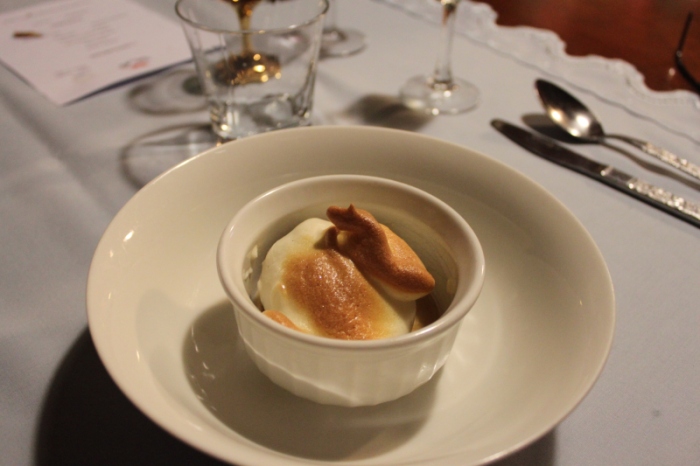
Other Elements
– There were nuts and olives on the table for snacking
– I served baked potatoes, sliced tomato and beetroot with the chicken as per the menu. They also suggested lettuce but I just didn’t have any.
– Small bread rolls can be placed inside the folded napkins.
– Cheese is served with salad, bread or crackers before the dessert (but possibly between the pastry and dessert).
Resources
- ‘Last Dinner on the Titanic’ by Rich Archbold and Dana McCauley
- For how to set a table I suggest ‘The Butler’s Guide to Running the Home and Other Graces’ by Stanely Auger and Fiona St. Aubyn, although my own table setting was limited by what I had on hand. For more about table settings and serving dinner you can try ‘Dinner is Served’ by Arthur Inch and Arlene Hirst.
- For table etiquette see ‘The Etiquette of Today’ by Edith B. Ordway (although it is a little late).
- I folded the napkins into a Bishop’s Hat using these instructions

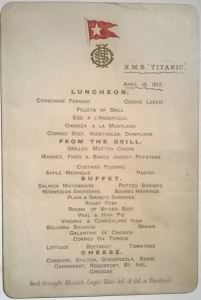
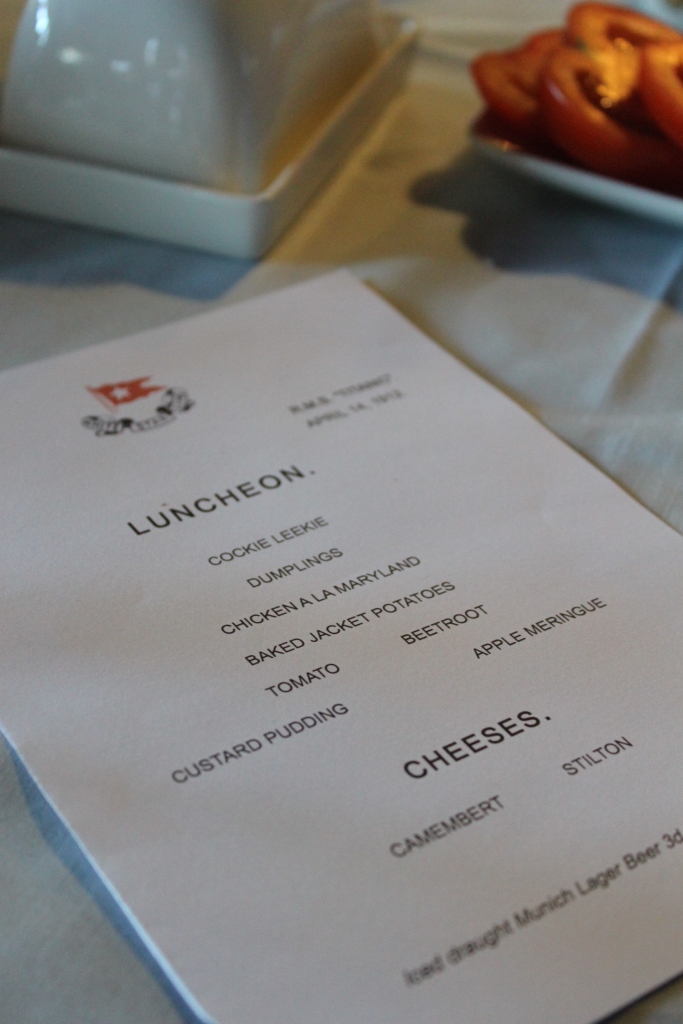
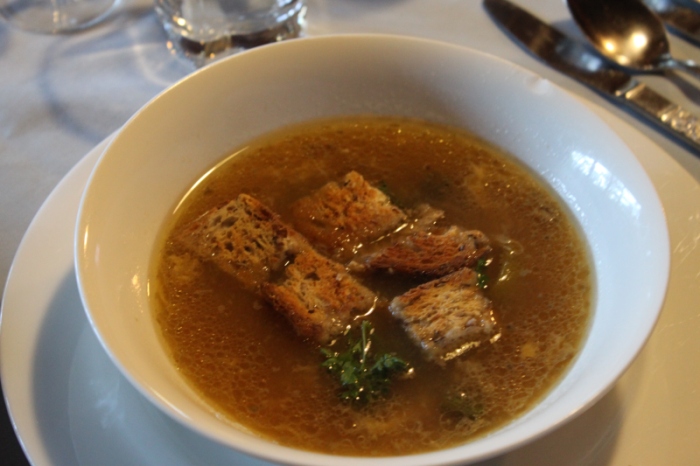
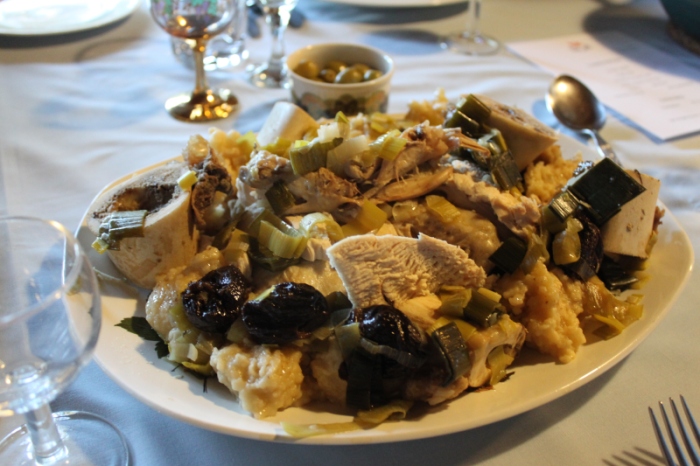
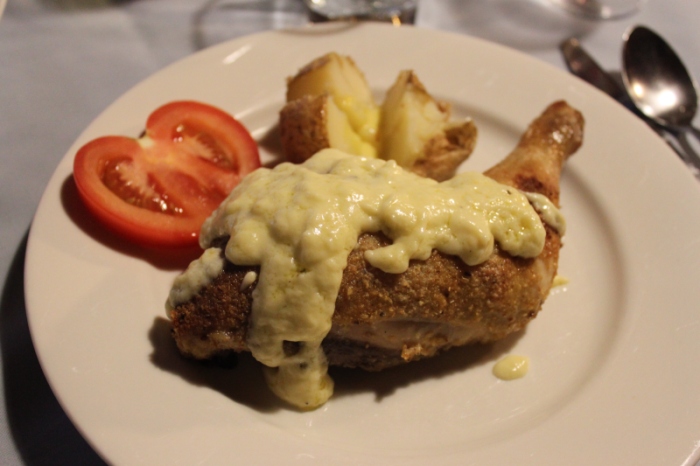
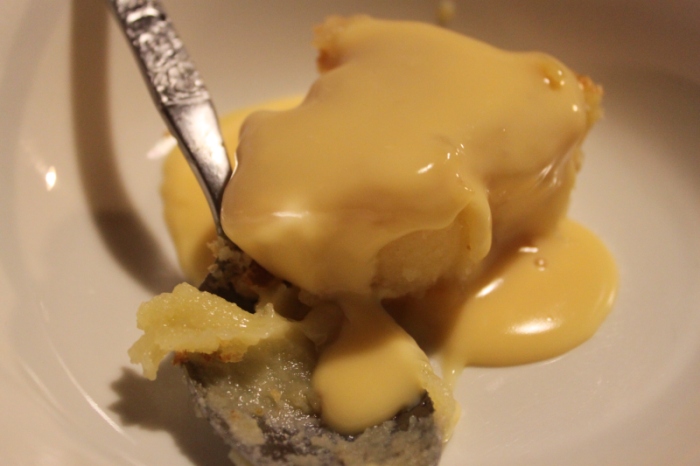
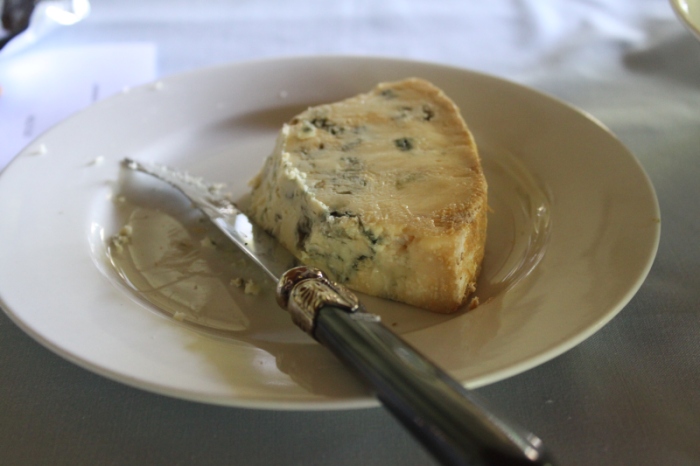
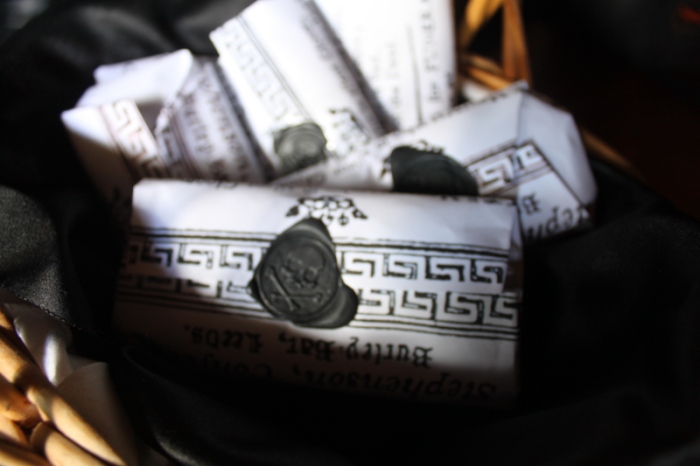

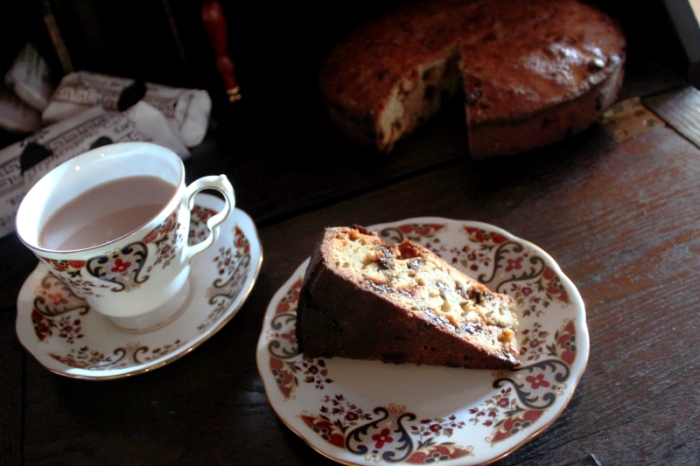
![Even though this picture is quite a bit earlier than the other sources we've been looking at, I think its very interesting to see the girl serving wine on the left (and the text mentions that those present will drink several glasses before and after the funeral) and the girl on the right who has a plate of food. Could it be biscuits? Funeral Scene from The ceremonies and religious customs of the known world by Bernard Picart, 1737. Credit: Wellcome Library, London. Wellcome Images [CC BY 4.0]Bernard Picart, 1737. Credit: Wellcome Library, London. Wellcome Images http://wellcomeimages.org CC BY 4.0 http://creativecommons.org/licenses/by/4.0/](https://turnspitandtable.files.wordpress.com/2015/01/l0006640.jpg?w=800&resize=700%2C557)
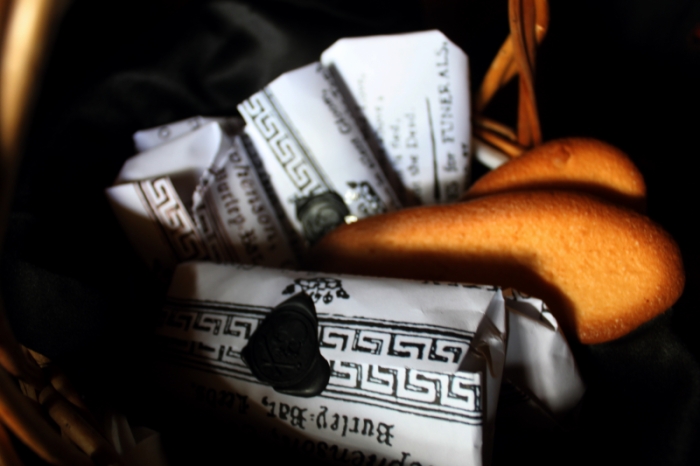
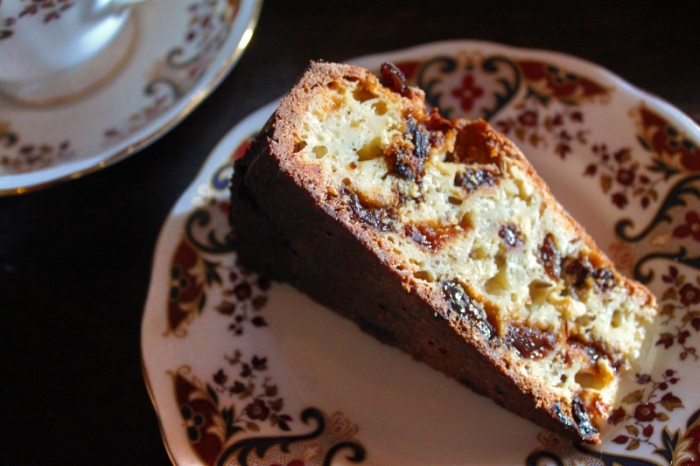
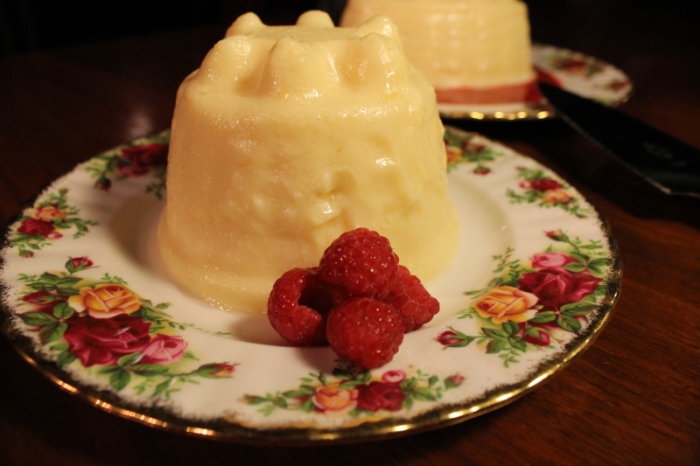
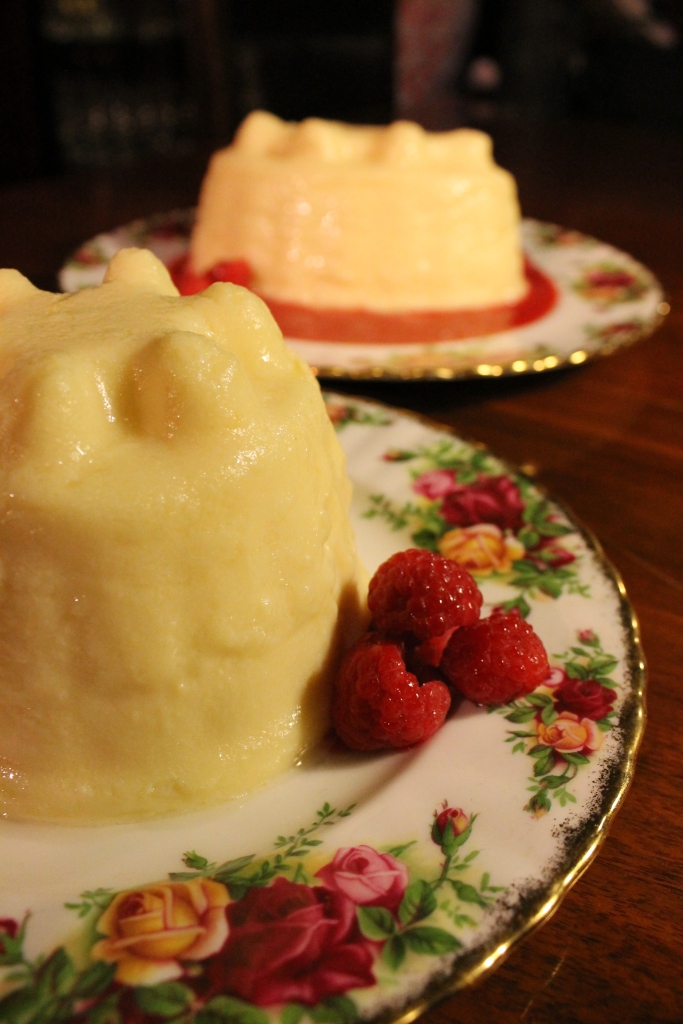




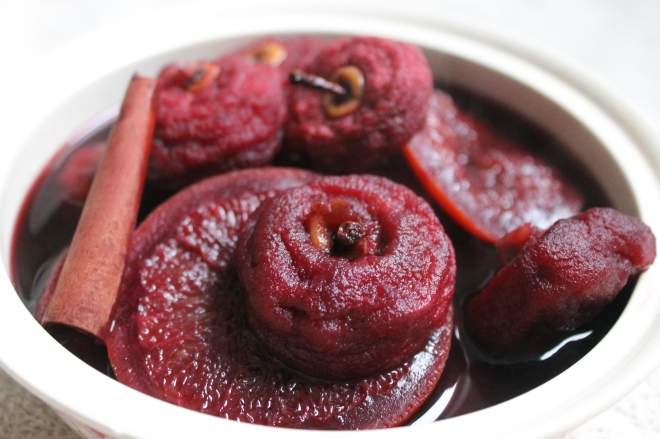
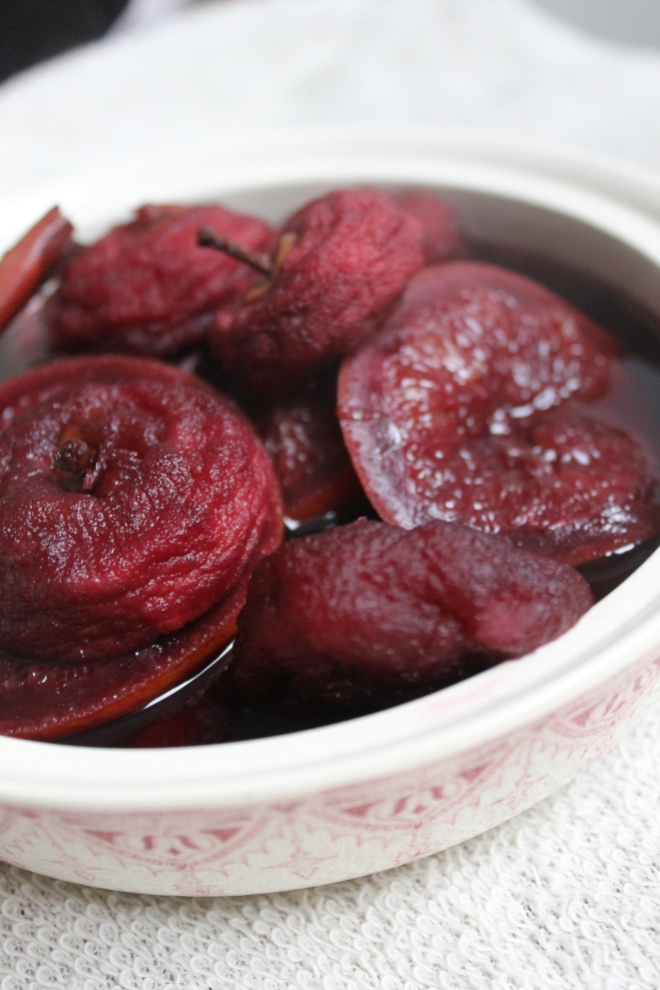

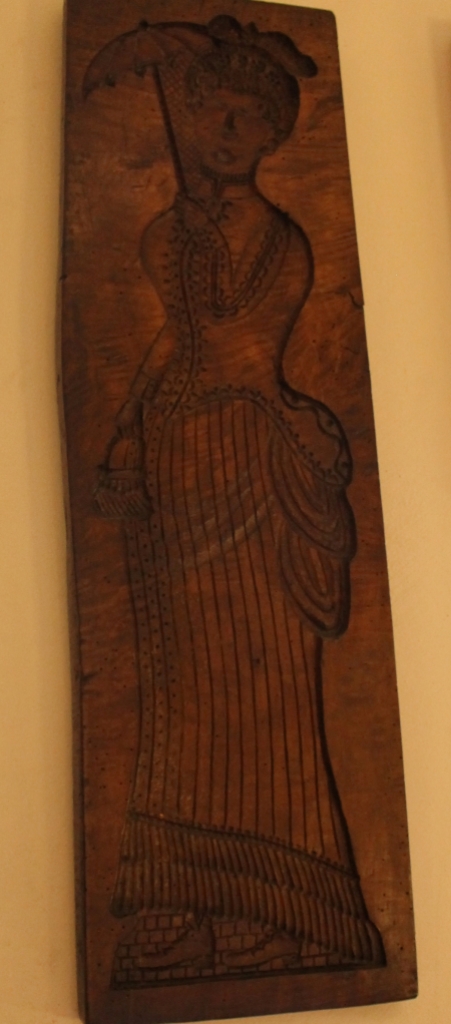
![George Flegel, Still Life with Bread and Confectionary, 17th century, [Public Domain] via Wikimedia Commons. Here you can see comifts, spices which have been covered in layer after layer of sugar, wine and a moulded biscuit, perfect for rounding off the meal.](https://turnspitandtable.files.wordpress.com/2014/11/george_flegel_still-life_with_bread_and_confectionary.jpg?resize=700%2C892)

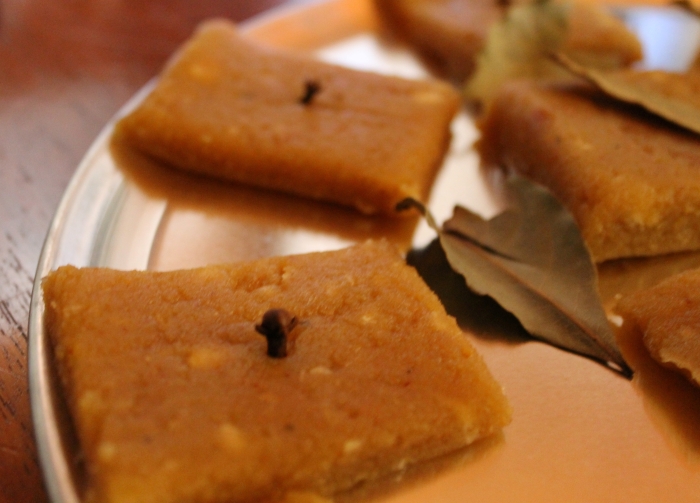
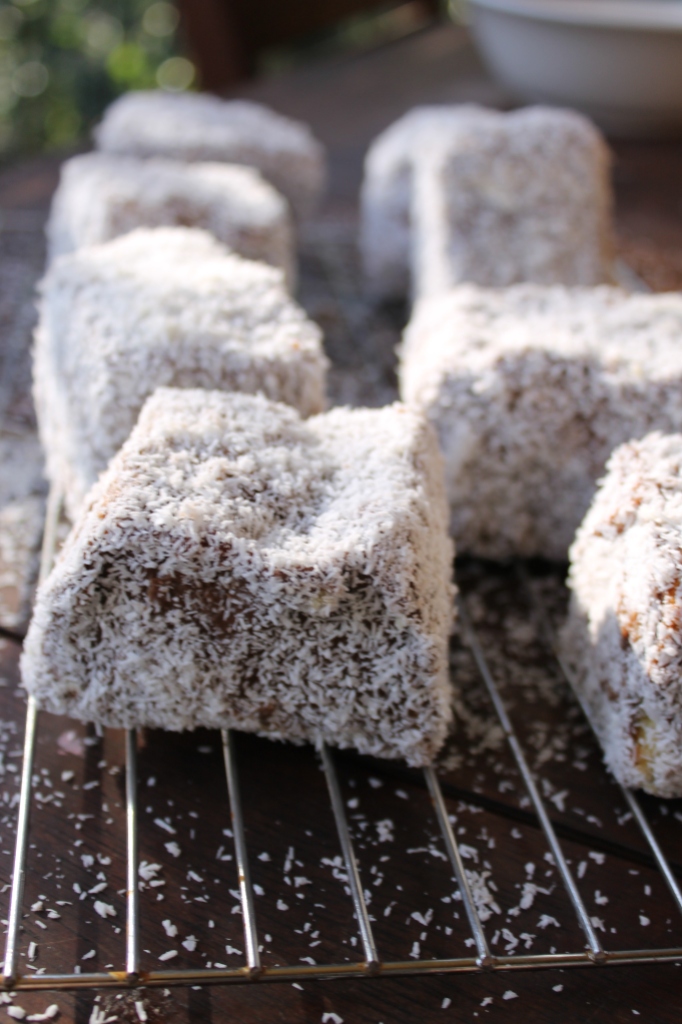

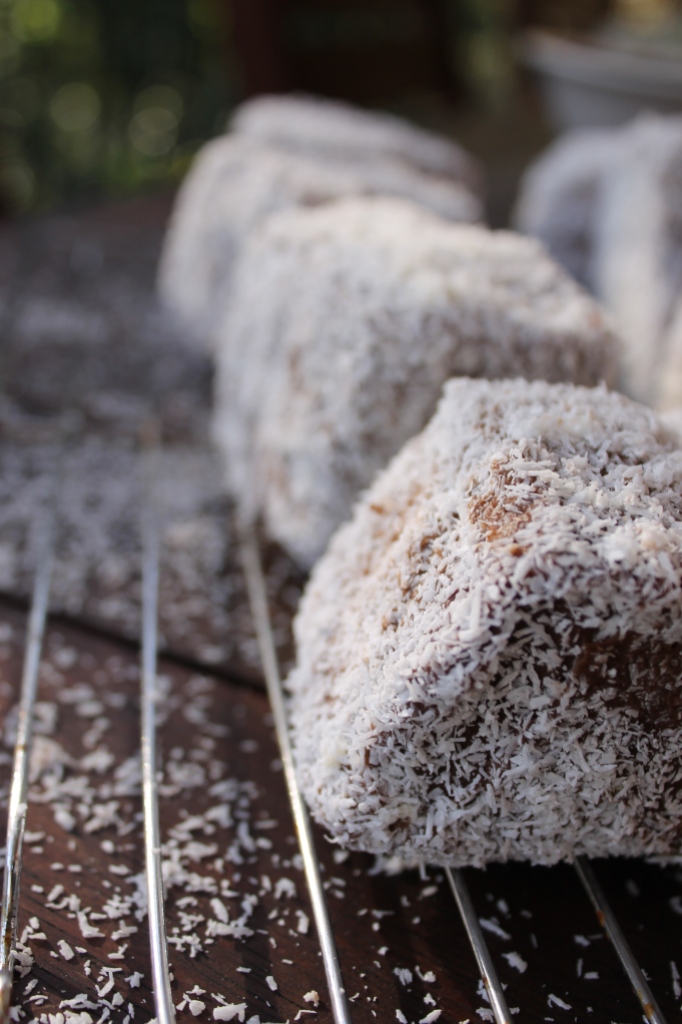
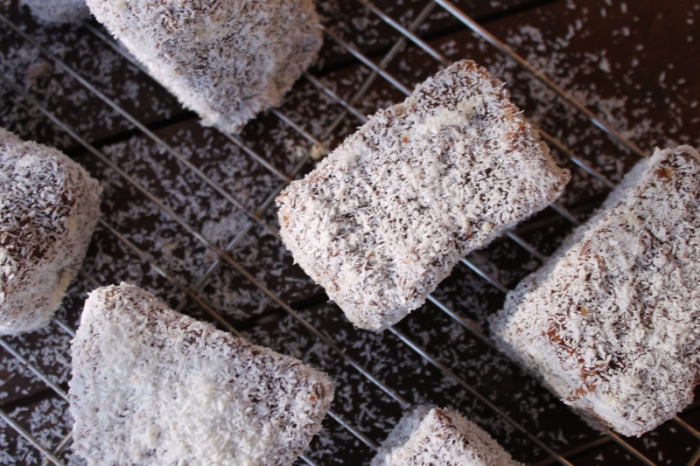



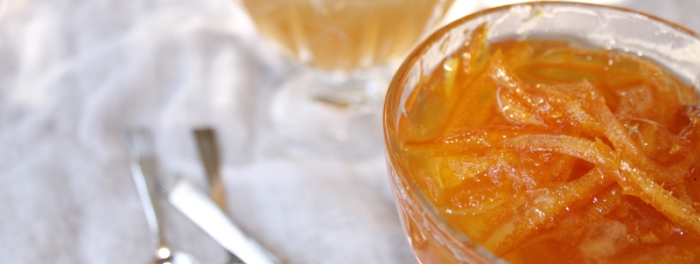
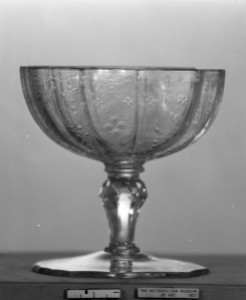
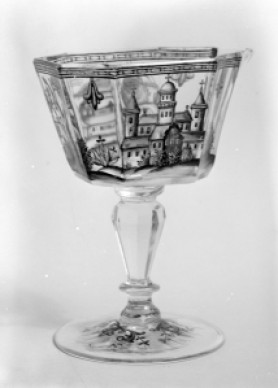
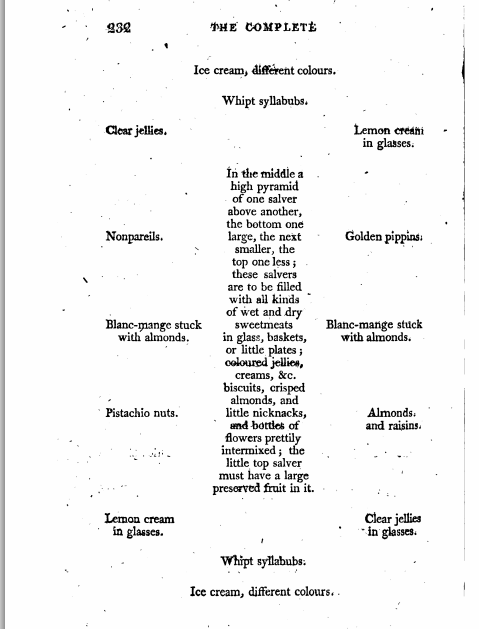
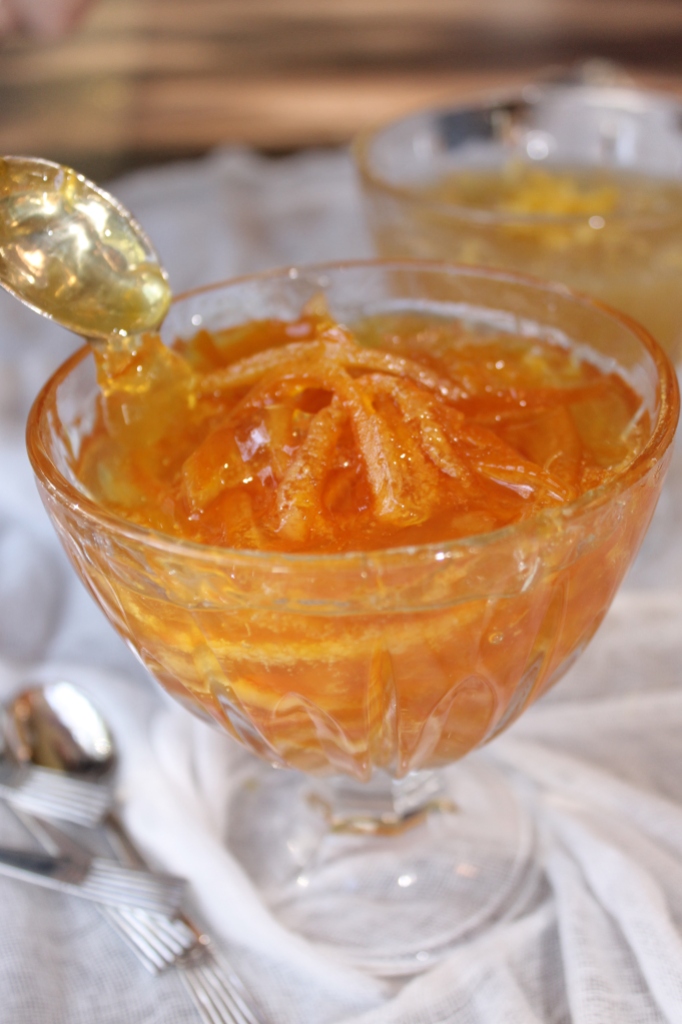
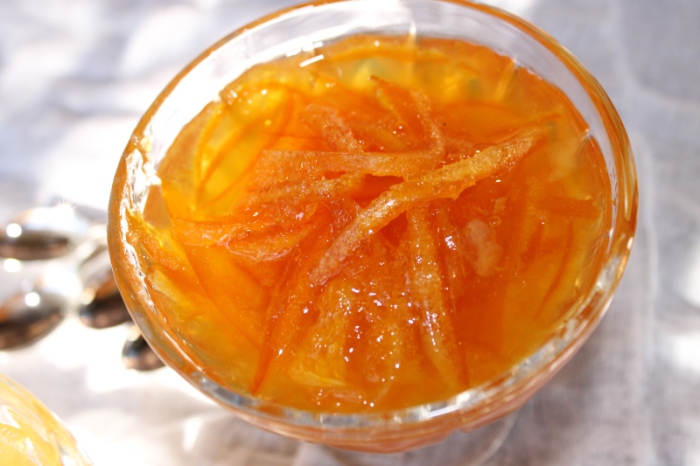
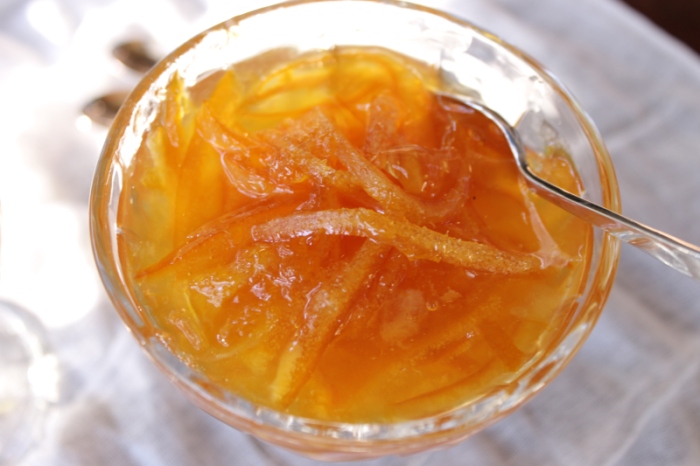

![Image taken from page 23 of 'Recollections of Old Christmas: a masque. Performed at Grimston. [By Thomas C. Croker.]' Courtesy of the British Library.](http://turnspitandtable.files.wordpress.com/2014/09/pudding-picture.jpg?w=800&resize=700%2C390)
